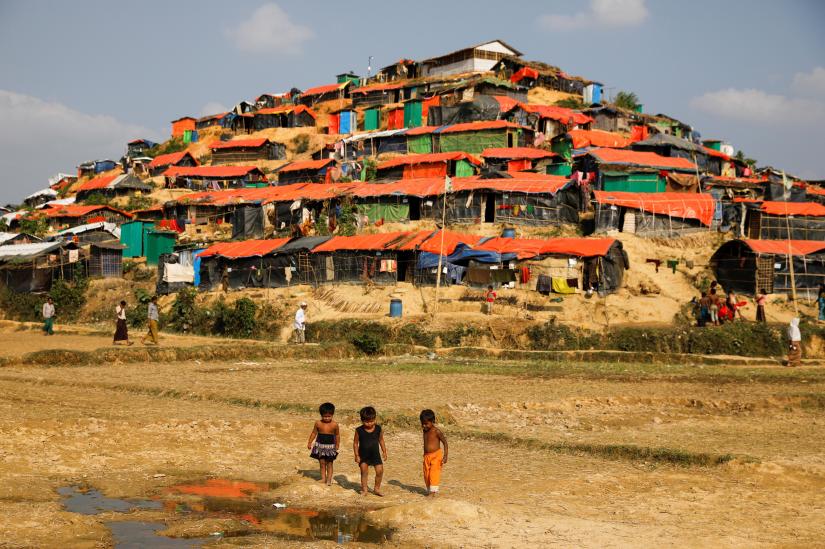 Since large forest areas in Cox’s Bazar have been cleared and occupied by Rohingyas, local wildlife is faced with an existential threat. With many hilly areas cleared, entry of wild elephants has become common.
Since large forest areas in Cox’s Bazar have been cleared and occupied by Rohingyas, local wildlife is faced with an existential threat. With many hilly areas cleared, entry of wild elephants has become common.
Environmentalists had warned of such a possibility long ago.
Assistant professor of the Institute of Forestry and Environment Science, Dr Raihan Sarkar, said: “As per law, there cannot be any human settlement within 1 km of the forest but no one is adhering to the law; many houses are being constructed inside the forest areas.”
Once, the Teknaf corridor was connected to Myanmar and in case of food scarcity, elephants could go to Myanmar but now, that corridor is blocked and camps have been constructed, he lamented.
Faced with the food crisis, elephants have become desperate for a new corridor and so, the human-elephant conflicts have risen.
As per government notice 2010, the Teknaf sanctuary was 11 thousand 615 hectares and from 2017, around 6000 acres of forest land has been cleared with devastating impact on ecology.
In July, there have been 12 elephant attacks and on 10 July, a village was attacked by elephants.
Earlier, in 2016 and 2017 three persons died due to elephant attack and in 2018 alone five persons lost their lives.
Divisional forest official, Abu Naser Mohammad Yasin says: “The decimation of forest areas has triggered attacks by wild elephants; already, 16 persons have died and several homes, cropland were destroyed.”
The Chattogram-Cox’s Bazar rail line is also having a negative impact on the elephant corridor, he added.






